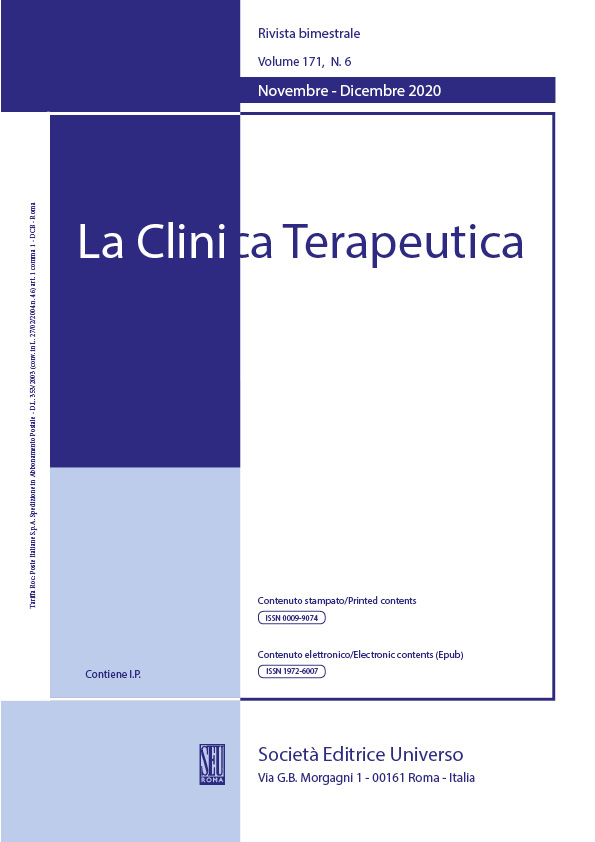Abstract
OBJECTIVE: To evaluate the anatomical factors affecting stress urinary incontinence (SUI) in female patients via dynamic pelvic floor magnetic resonance imaging (DP-MRI).
METHODS: This prospective study was conducted on 43 female patients, including 22 patients with SUI (disease group) and 21 patients without SUI (control group). All patients underwent DP-MRI. The length, volume, transverse/anteroposterior diameter, and outer/inner layer thickness of the urethra were measured on static (T2W) pulse sequences. Urethral angle, posterior urethro-vesical angle (PUVA), bladder neck-pubococcygeal angle, and position of the bladder neck and cervix relative to the pubococcygeal line were measured on dynamic (Cine) pulse sequences at rest and during evacuation phase. These parameters were compared between the groups to evaluate which anatomical factors affected SUI. The area under the ROC curve (AUC) and threshold of the sensitivity and specificity of these parameters for the diagnosis of SUI were calculated.
RESULTS: The mean age of the patients was 57.3±13.8 years (disease group: 53.9±12.6 years; control group: 60.8±14.4 years). The mean number of childbirths was 2.2±0.65, and vaginal delivery accounted for 73% in each group. There was no significant difference between the two groups in terms of length, transverse diameter, outer layer thickness of the urethra, urethral angle, bladder neck-pubococcygeal angle, position of bladder neck relative to the pubococcygeal line in both resting and evacuation phases (p>0.05). There was a significant difference between the two groups regarding volume (p=0.014), anteroposterior diameter (p=0.01), inner layer thickness of the urethra (p=0.04), and PUVA (p<0.001) at rest and evacuation phases and cervix position at evacuation phase (p=0.001). The AUC of the PUVA for SUI diagnosis was 0.9 at rest and 0.98 during evacuation phases. For the threshold 133.5° at rest phase and 153.5° at evacuation phase, the sensitivity and specificity of PUVA were 0.86 and 0.86 at rest phase and 0.91 and 0.95 at evacuation phase, respectively.
CONCLUSIONS: PUVA was the anatomical factor that had the greatest effect on SUI and provided high sensitivity and specificity for SUI diagnosis.

